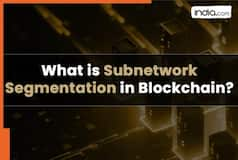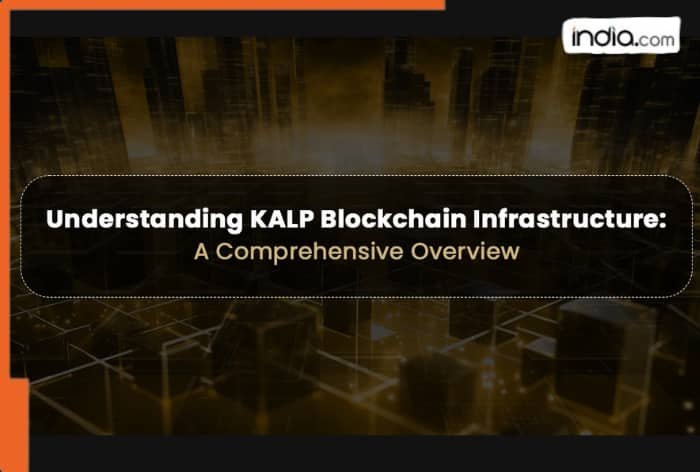
By clicking “Accept All Cookies”, you agree to the storing of cookies on your device to enhance site navigation, analyze site usage, and assist in our marketing efforts Cookies Policy.

After years of watching blockchain projects come and go, I’ve got to tell you about one that caught my eye. KALP isn’t trying to be the next Bitcoin or Ethereum – they’re doing something different, and it’s pretty interesting.
Here’s the deal: while most blockchains are like wild parties with similar abilities and features based on the current trend. The KALP network is designed to be different to tackle and solve real world challenges. The key components of KALP’s ecosystem work together to ensure higher fault tolerance, improved throughput, and flexible governance, allowing different subnetworks to operate under their own rules while remaining interoperable within the larger KALP network.
I’ve seen plenty of businesses wanting to use blockchain but getting scared off by the usual headaches – sky-high fees, snail-paced transactions, and regulators breathing down their necks. KALP tackles these head-on. The Execution Layer in KALP serves as the core processing unit, where peer nodes execute smart contracts in different programming languages such as Python, Java, Solidity, Node.js, and Golang. This flexibility enables developers to write smart contracts tailored to their specific needs, whether for cloud computing, machine learning, or IoT services, using KALP’s SDK.
The cool part? A unique feature of the Execution Layer is its ability to segregate data into private and public categories. Subnet nodes can choose to keep certain data private, storing it only within their specific subnetwork, while sharing other data on the public ledger. This selective sharing capability addresses the need for compliance with regional data laws while maintaining the transparency essential to blockchain networks. As someone who’s banged their head against blockchain development, trust me, that’s huge, because it enables compliance adherence to be built into the system.
I’m seeing some pretty neat real-world uses already:
⦁ Supply chains becoming actually traceable (goodbye, mystery meat!)
⦁ Medical records that don’t get lost between hospitals
⦁ Voting systems that might actually work
⦁ Finance stuff that doesn’t take days to process
& all of this without putting any PII (personally Identifiable Information) at risk, ensuring easy adoption from governments and legacy institutions.
What makes KALP different? They’re not trying to replace the entire financial system. Instead, they’re building something that businesses and governments can actually use without breaking their existing setups or regulations.
They’re working on some AI integration with smart contracts, which could be game-changing. But what really matters is they’re solving real problems, not just creating new ones. KALP is one of the few blockchain projects I’ve seen that feels like it was designed for the real world, not just crypto traders.